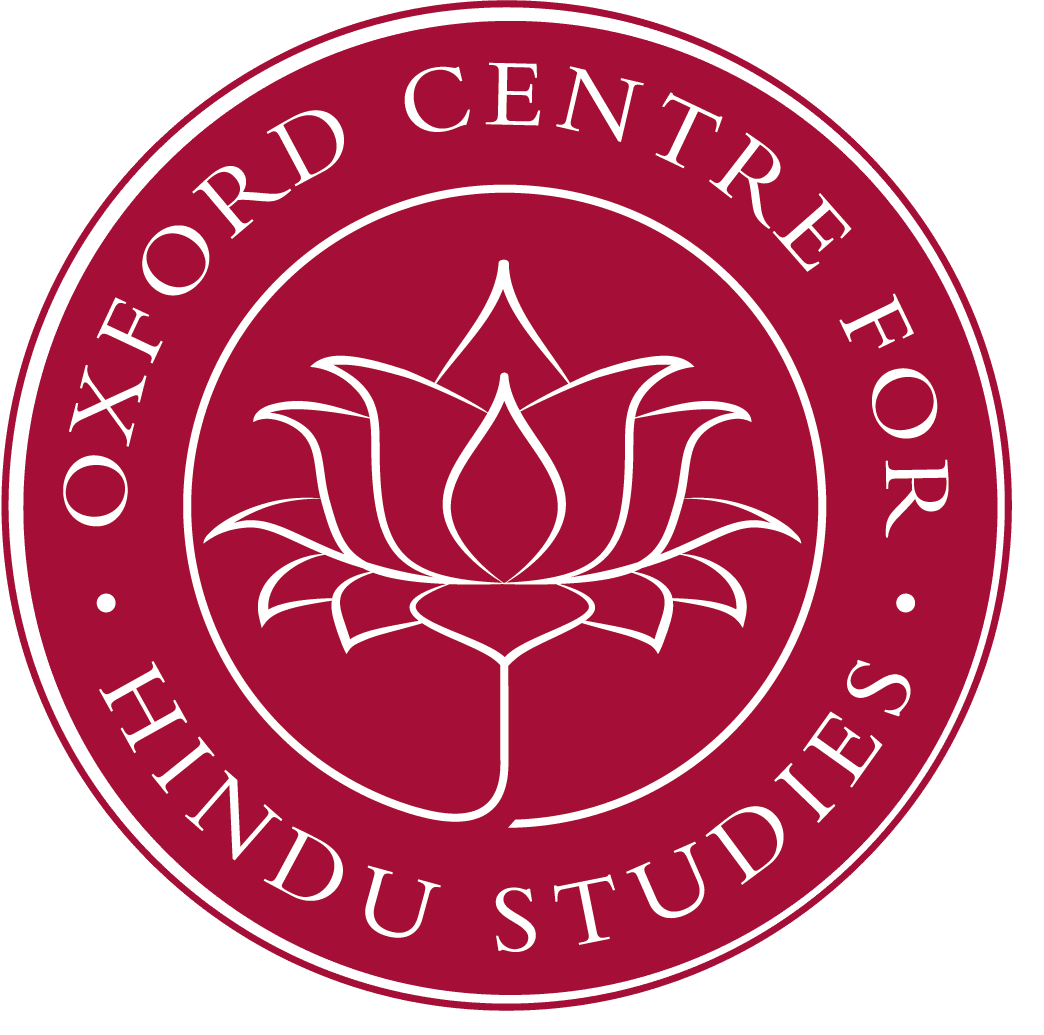The Netratantra is an important early medieval Śaiva/Śākta tantric text in Kashmir and Nepal, dating from around the early ninth century, and widely disseminated during the eleventh and probably tenth centuries. The text is a ‘universal’ (sarvasāmānya-) tantra, which overrides the distinctions between various tantric traditions and branches (e.g. between the Mantramārga and Kulamārga).
This term we will continue our reading of the Netratantra and discuss chapter seven on the subtle visualising meditation (sūkṣmadhyāna) based on the oldest available manuscript found in the National Archives of Kathmandu (NAK). In our translation of the text we will refer to and compare with other Nepalese manuscripts as well as the published edition in the Kashmir Series of Texts and Studies (KSTS). Apart from reading the text we will discuss its meaning from the perspective of the history of religions with an emphasis on models of the human in tantric Hinduism.
